Plant Communities
At first glance, plants might appear to grow pretty much anywhere (and some more or less do!) but on closer inspection, it soon becomes apparent that most species have their preferred habitats. This results in certain species tending to cluster together with each other and these associations of species are often known as plant communities. The differences between some plant communities, for example a boreal spruce forest compared with a coastal sand dune, can be pretty obvious, while others can be more subtle. These subtleties can be taken to varying degrees and here, a rather broad definition of communities is taken, to create a broad overview of Cape May's habitat types.
Click on the pictures below to go to the communities that you are interested in.
(For a list of all plant communities on the site, click here)
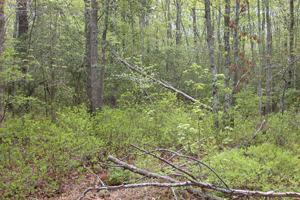 |
Woodland & Scrub Communities
Woodland of one type or another covers a large percentage of Cape May County, particularly in the northern third. Dry, pineland-type communities are common in the north, being gradually replaced to the south by mostly wetter woodland communities. This section includes all plant communities where woody trees or shrubs dominate, including successional scrub communities on old field sites and coastal dune forest.
|
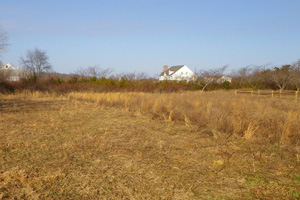 |
Fields & Other Open Communities
These communities include all areas currently farmed, as well as old field sites now being managed as grasslands. This section also includes other open sites away from urban areas, such as inland sand dune systems and open, large-scale industrial complexes, such as airfields and gravel and sand workings. Powerline cuts are also included here, as they provide some important habitat for open-ground plants of forest edge and clearings, many of which are becoming scarce in the absence of forest fire clearances.
|
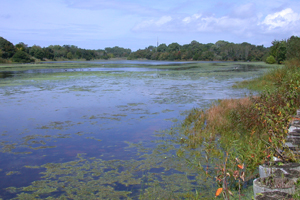 |
Freshwater Communities
Cape May County's generally low-lying topography means that wetland habitats are widespread and water can sit for long periods in some areas where the substrate is less free-draining. This section includes open waterways such as rivers, canals, lakes and ponds as well as well-vegetated wetland areas such as cranberry bogs, reedbeds and cattail marshes. Wet areas dominated by woody trees are included in the woodland communities section.
|
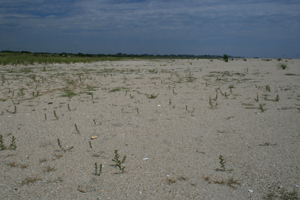 |
Coastal Communities
Being a relatively narrow peninsula, Cape May County has plenty of coastal habitats, with particularly extensive areas along the eastern side. This section covers all plant communities from open beach through various sand dune communities to back bays and saltmarsh habitats. The boundary between salt/brackish water and freshwater is generally marked by a plant community dominated by Common Reed - a habitat covered under freshwater communities.
|
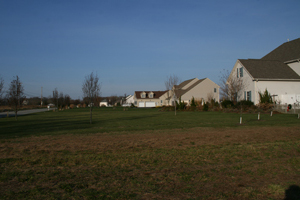 |
Disturbed and Urban Communities
The presence of mankind is marked heavily on the landscape and such altered habitats are included here. This section covers urban and suburban streets, gardens, cemetries and sports complexes. It also covers road shoulders where such communities differ from those immediately adjacent to the road, such as grassy edges in otherwise wooded areas.
|